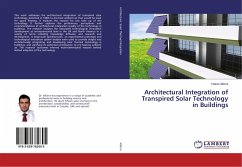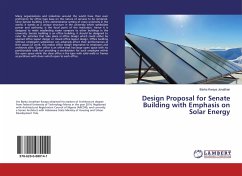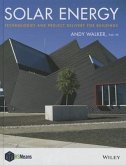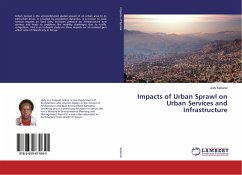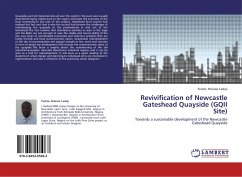Today, in the United States, as well as the world, the fossil fuels that have powered homes and businesses through the last century are on their way out, and new technologies are making renewable energy more readily available. By integrating elements that harness renewable power into new building construction, clean sources of energy can grow with the expansion of today's cities. Although incorporating renewable technology into new construction can increase the clean energy produced, this book focuses mainly on the architectural potential of the relationship. In projects where buildings are designed to directly engage infrastructure, new and exciting relationships can arise. These ideas are tested through the design of a concentrating solar skin that wraps a hydrogen fueling station. By using solar energy to harvest the hydrogen from ocean water, a completely renewable system is created that can function in a closed loop where there is no waste. The hydrogen that is produced is used to power cars on the interstate, while visitors to the site are treated to an animated sequence of spaces that play with variations of light and form.


